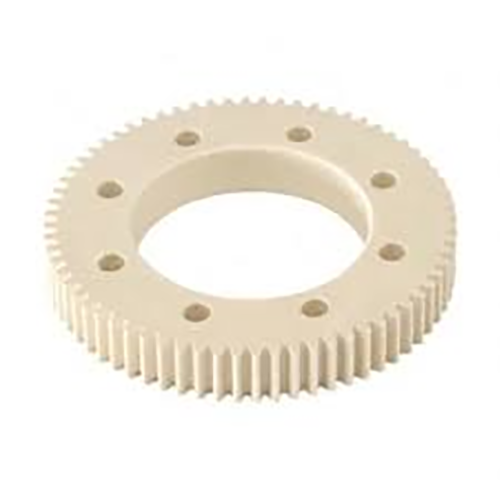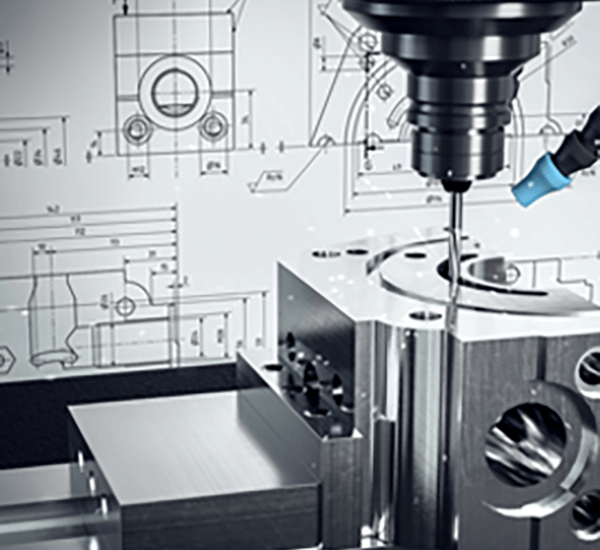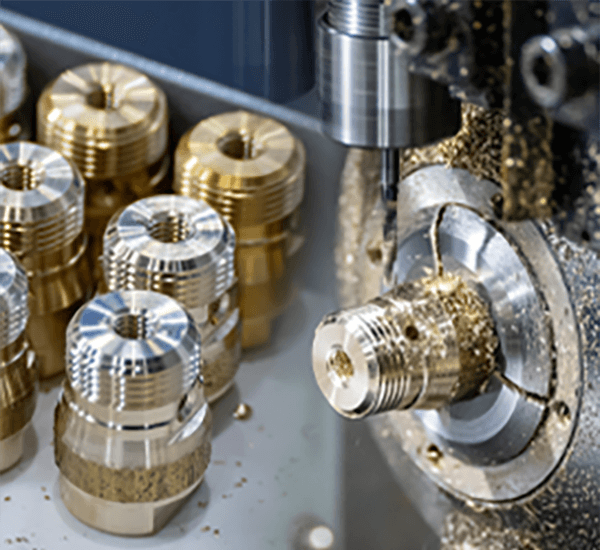
Attaining target exterior polish for a CNC part stands as fundamental.
- Design documents set out definitive finishing requirements for parts
- Surface notes typically employ Ra—arithmetic mean deviation—when specifying roughness
- Interpreting finish callouts is necessary to guarantee parts satisfy functional criteria
- Defined surface quality influences lubricant retention, coefficient of friction, and wear resistance
- Correctly reading the finish notation is necessary to attain the intended result
Understanding Precision Engineering in CNC Machining

CNC machining represents a game-changing method in production through G-code driven routines the hardware sculpts intricate parts accurately.
- Numerical control tools generate quality components from varied media
- Adaptable CNC processes fit the demands of aerospace, automotive, and medical markets
- Automated machining provides consistent reproducibility for uniform components
From initial prototype stages to mass-manufacture CNC machining supports modern production workflows
CNC Specification Guidance
Navigating specification tables often appears formidable at first sight
Even so practical familiarity and a systematic plan enable decoding machine specs
Kick off by isolating primary specs such as rpm, feed, tolerance, workspace, controller
Every listed attribute influences the equipment’s operational capacity.
Illustratively, greater spindle rpm aligns with softer workpieces; increased feed raises manufacturing pace.
Comprehending those interactions assists in picking the proper CNC for tasks
Always examine producer technical literature in detail.
Supplier manuals often give critical context and define technical language
CNC Machines Explained: A Full Guide
G-code driven machining centers are computer-run systems for precise automated production of varied materials They interpret CNC code instructions to command cutting tools and motion.
- Common CNC classes include milling machines, turning lathes, routing systems, plasma cutters
- Processes are adaptable to metals, polymers, timber, and composite materials
- Likewise CNC solutions enable fast prototyping and small-lot production for enterprises and research labs
Overview of CNC Machine Fundamentals
They embody an integration of hardware accuracy and advanced software regulation Adaptive tools rely on coded programs to manufacture from simple elements to detailed structures The core idea is converting digital blueprints into tangible parts.
- Software-driven machining
- Code-driven production workflow
It comprises controlled axis moves directed by programmed code Machine operators handle parameter selection, process monitoring, and quality confirmation.
The Role of Surface Finish in CNC Machining
Attaining target texture in CNC processes is critical It impacts both functional performance and surface look Base material, cutting conditions, and post-machining refinements govern texture.
Refined surfaces boost longevity; rough surfaces can diminish functional performance Automated machining presents a spectrum of techniques and tools to accomplish desired finishes.
- Including selection of alternative tool profiles |tool materials|surface speed choices to reach texture
- Alternatively post-processing methods like polishing grinding sanding can be employed to improve the surface finish
Comprehending the connections between machining choices and texture secures better results.
CNC Overview: From Use to Application
High-accuracy manufacturing via CNC employs programmed equipment to form components from varied materials They follow G-code sequences to generate complex parts reliably A fundamental understanding of CNC machine operation including the role of G-code programming and tool selection is essential for successful machining processes
Applications of CNC machining are incredibly diverse spanning numerous industries such as aerospace automotive manufacturing From engine components to precision tooling, CNC enables production of sophisticated geometries
Notation for Surface Finish on Machined Parts
Accurate finish definition matters when machining parts with CNC It makes sure the product satisfies function and aesthetic demands Finish specifications are often expressed via the Ra roughness standard Noted in microns or millimeters, the value quantifies average texture height.
When specifying a surface finish callout consider both the required level of smoothness and the intended application of the part

For instance a smooth surface finish might be preferred for parts that require tight tolerances or precise alignment
Conversely a rougher surface finish could be appropriate for applications where grip friction traction is important
Utilize a clear and concise callout in your engineering drawings to communicate the desired surface finish List Ra value plus supplementary process guidance like polishing or coating.
Note that precise surface specifications contribute directly to production success
Varieties of CNC Machines and Capabilities
The world of CNC machining is vast and diverse with a wide array of machines designed to tackle various types of tasks They pair with CAD software to translate designs into cutting commands for precise fabrication.
- Boring and drilling equipment generate accurate holes and internal features
- Lathe machines operate on a rotating axis ideal for producing symmetrical parts with smooth surfaces
- Laser cutters harness concentrated energy beams to slice through materials with exceptional accuracy and minimal heat distortion
Select machinery by weighing material, complexity, and tolerance needs Unique machine capabilities support varied industry needs such as automotive, aerospace, and medical.
Securing Optimal Finish Using CNC Machining
Creating superior finishes is essential and CNC control systems help produce them Using accurate feed and speed selection plus optimized tool geometry technicians refine cutting action to reduce surface flaws Additionally superior tool grades and effective lubrication aid in producing refined textures Selecting appropriate cutting approaches and detailed machine calibration yields high-quality surfaces.
CNC Programming to Achieve Surface Quality
Mastering surface finish during CNC programming is crucial for achieving desired quality outcomes Parametric choices for feed, speed, and tool shape govern surface smoothness and defects Exact parameter choices plus proper fluid management achieve refined finishes.
- Additionally routine tool what is acnc machines checks and upkeep maintain consistent finish quality Additionally routine tool checks and upkeep maintain consistent finish quality Furthermore regular tool maintenance and inspection are essential for ensuring a consistent and high-quality surface finish over time
- To perfect surface results factor in material, roughness, and intended application
- CAM previews let programmers modify strategies to avoid finish defects
- Additionally routine tool checks and upkeep maintain consistent finish quality
